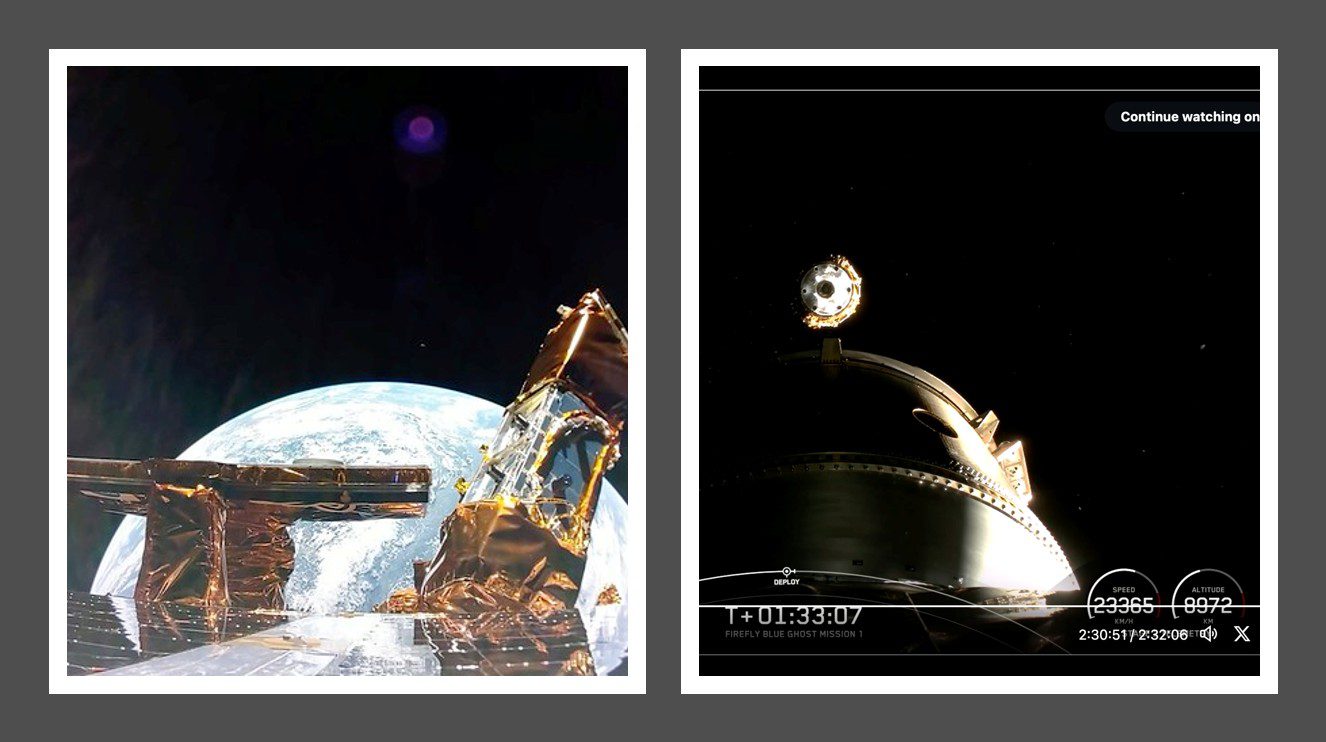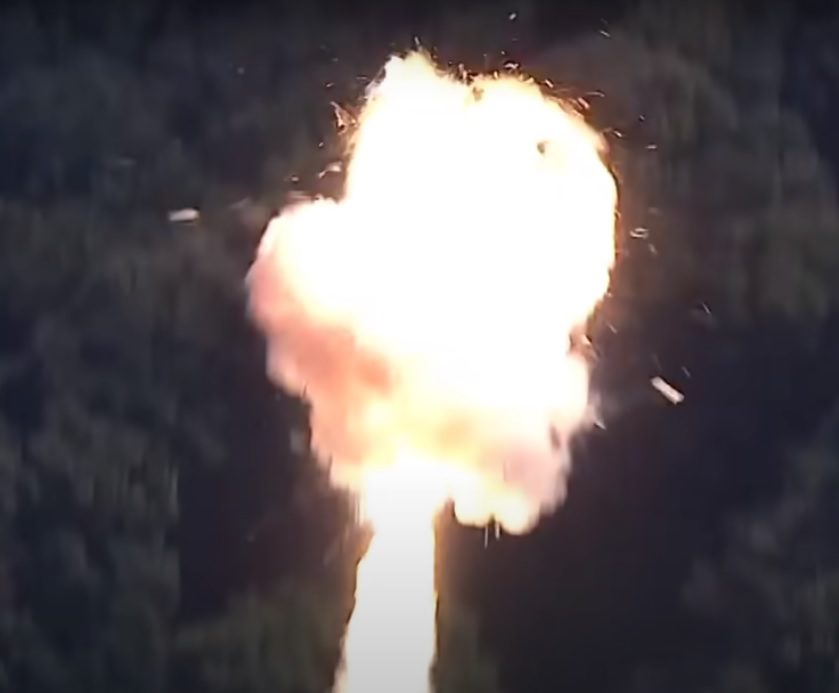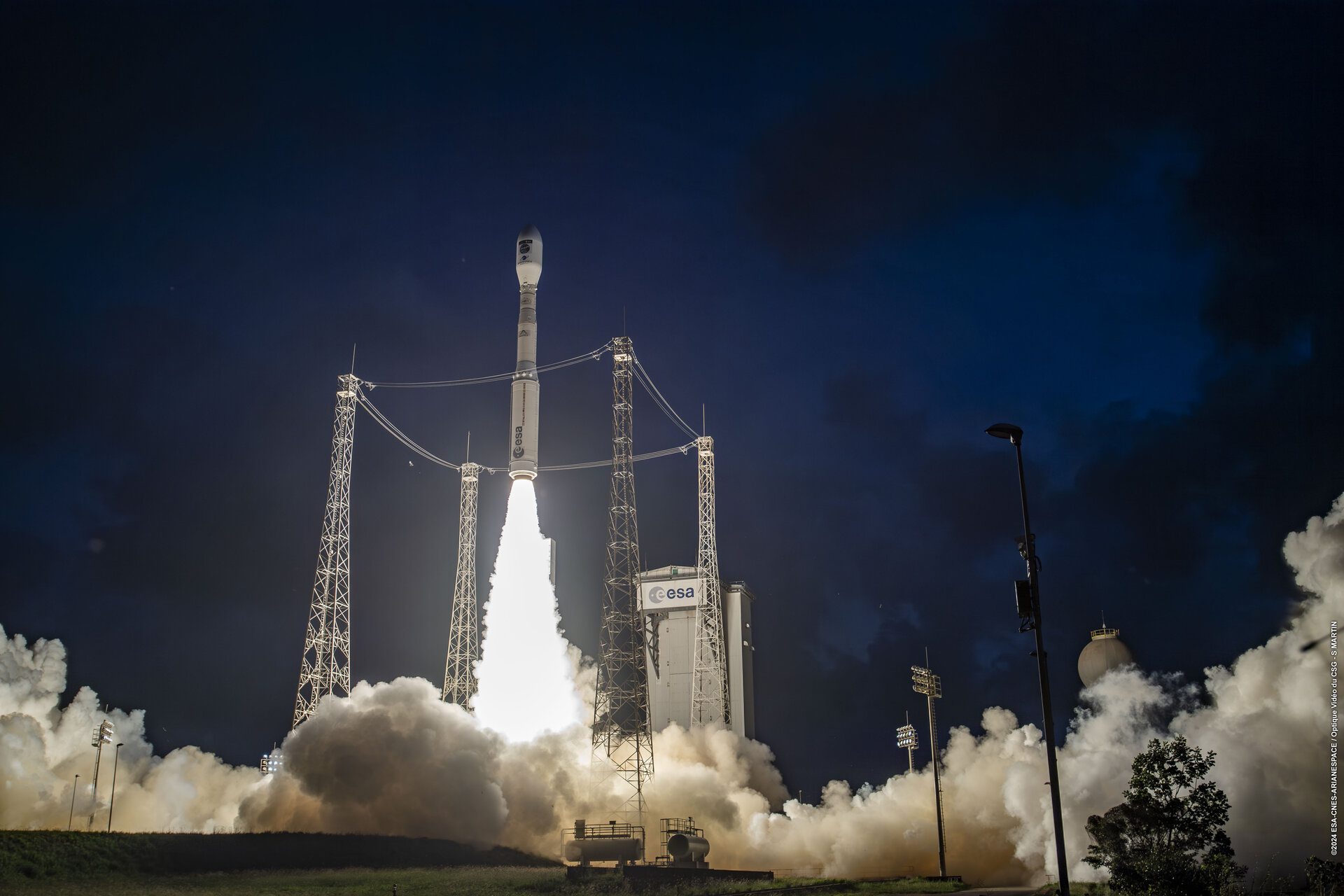In September, Reaction Engines Inc, the US subsidiary of the Oxfordshire, England-based Reaction Engines Limited, announced that it had won a US$2.3 million contract from the US Defense Advanced Research Projects Agency (DARPA) to conduct high-temperature airflow testing, in the US, of a Reaction Engines precooler test article called HTX. The precooler heat exchanger is a key component of the company’s revolutionary SABRE air-breathing rocket engine and has the potential to enable other precooled propulsion systems. The primary HTX test objective is to validate precooler performance under the high-temperature airflow conditions expected during high-speed flights up to Mach 5.
“We have been greatly encouraged by the increasing interest in our technology’s potential and are thrilled to embark on our first US government contract with DARPA for HTX,” said Dr Adam Dissel, President of Reaction Engines Inc. “Full-temperature testing of the precooler will provide the most compelling near-term proof of the technology’s potential to accelerate the future for high-speed air-breathing systems.”
The HTX precooler test builds upon previous successful ground tests of the precooler technology conducted at ambient environmental conditions in the UK. These previous tests validated the precooler design methodology, manufacturing techniques and test operations plans.
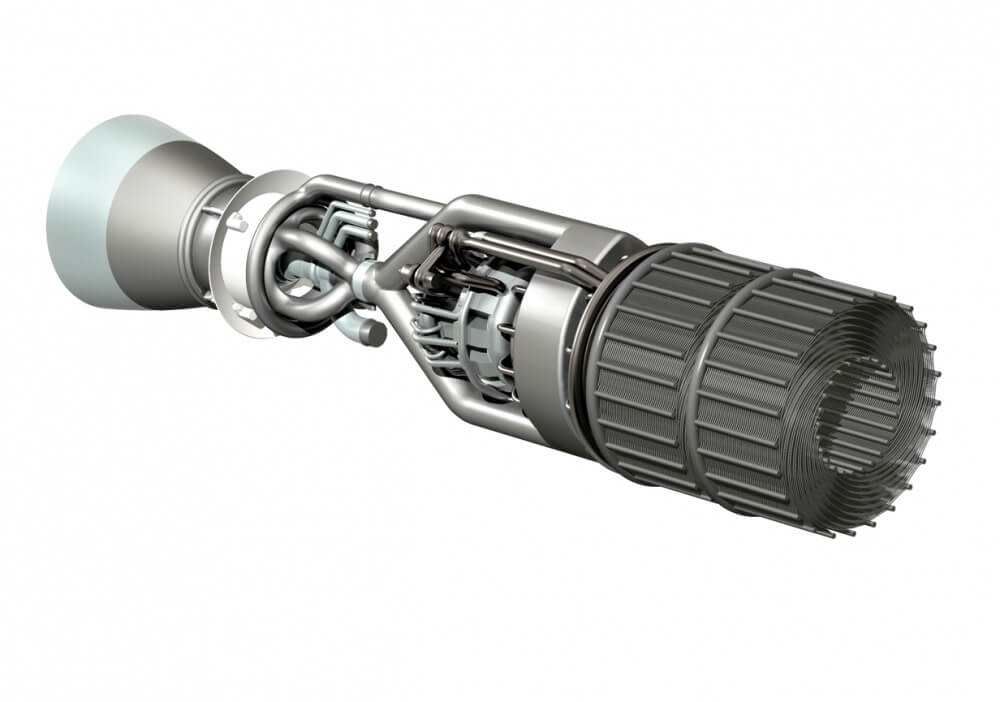
Reaction Engines’ revised its SABRE engine to a smaller single nozzle design which will have more applications. Courtesy: David Todd
To support HTX testing, Reaction Engines is constructing a new high-temperature airflow test facility in Colorado. Under the DARPA programme, the company aims to establish the facility’s capability to provide airflows in excess of 1,000°C, analogous to air-breathing flight above Mach 5, and then conduct the testing of a Reaction Engines-supplied precooler, starting in the spring of 2018.
Mark Thomas, Chief Executive Officer of Reaction Engines, commented: “The announcement of DARPA’s contract is fantastic news and provides us with the opportunity to demonstrate our innovative heat exchanger capability in the world’s largest aerospace market. This will accelerate our development efforts and strengthen key relationships.”
Reaction Engines has world-leading expertise in the design and manufacture of compact, lightweight heat exchangers capable of cooling airstreams from over 1,000°C to -150°C in less than 1/20th of a second. Developed for the high-speed SABRE engines, the precooler heat exchangers prevent engine components from overheating at high flight speeds, and so could enable new classes of vehicles and operational possibilities. These include the original Skylon concept of a single-stage-to-orbit vehicle, a long-range high-speed point-to-point transports, hypersonic cruise missiles and fighter-bombers etc.
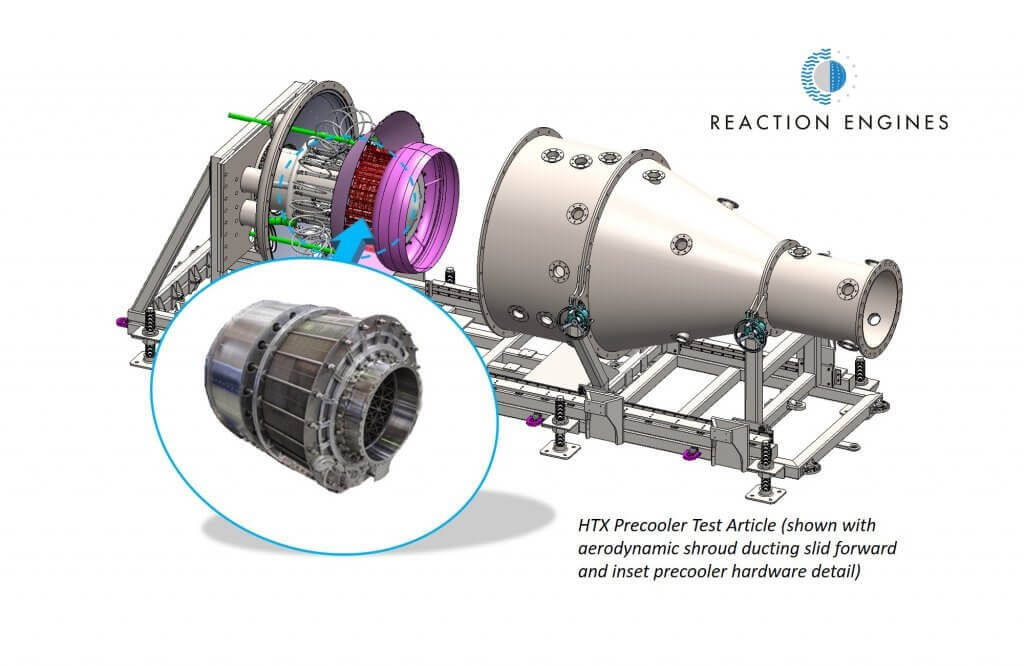
Diagram of planned HTX Pre-cooler test rig. Courtesy: Reaction Engines
Comment by David Todd: As a long-term small shareholder in Reaction Engines (one of the originals by the way), who has held his shares for over 20 years, it has been a long and tortuous trek. However, now it really looks like the firm is in business. It is not for nothing that when your correspondent’s wife threatens to divorce him during a tiff, she now specifically mentions that she wants his Reaction Engines’ shares in addition to the house and his pension!
Reaction Engines’ rocket scientist originators Alan Bond and Richard Varvill, while geniuses, always seemed to want to run before they could walk. Wisely, Reaction Engines CEO Mark Thomas, a former chief engineer of Rolls-Royce aero engines, is developing the technology in increments, which will also make money for the firm and not frighten the financiers. The only major worry about this latest move is that if Reaction Engines’ revolutionary heat exchanger technology gets transferred out of the UK, will others (the US aerospace industry specifically) get to profit from it rather than British industry?
The other, less important, concern is that Reaction Engines will not be ambitious enough in its step-by-step approach. There is a plan eventually to build the full engine and test it in a suborbital hypersonic aerospace vehicle. Some (Orbital Access) would like to turn that into a first stage of a two-stage small satellite launch vehicle. But why not attempt, from the start, to go all the way to a small fully orbital single-stage-to-orbit test vehicle?
Don’t try to expensively optimise it for maximum payload. Just try to prove Alan Bond’s original Skylon cheap-to-operate reusable spaceplane concept. That really would be worthwhile spending on technology development.
Update on 6 November 2017: Alan Bond, inventor of the SABRE air-breathing rocket engine, is formally retiring from Reaction Engines. Alan, who is in his 70s, was working part time in a kind of semi-retirement. If anyone deserves a knighthood, it is he.




